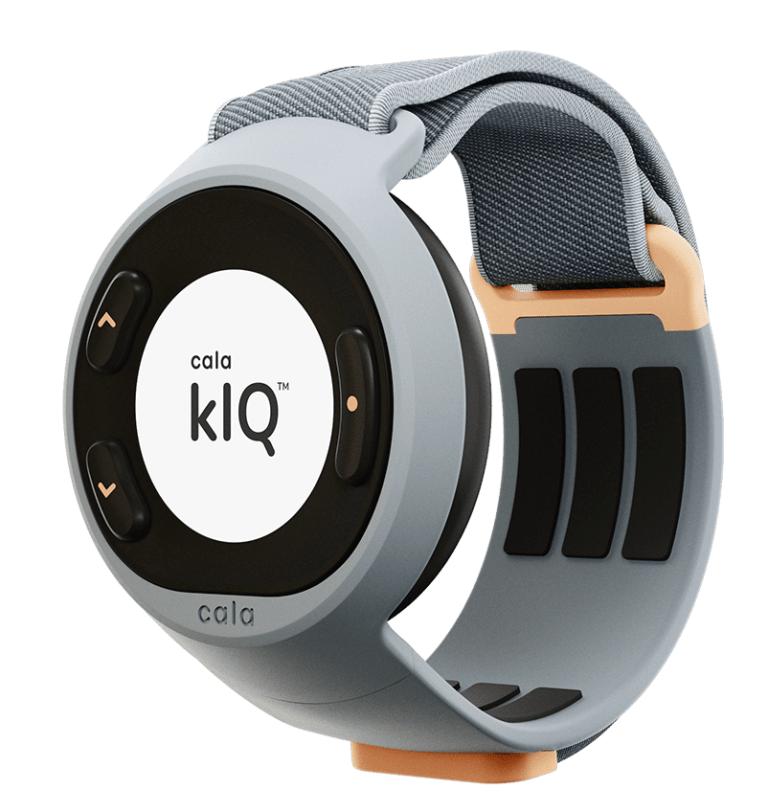Trending Article
Meta Orion AR glasses hand free interface with AI
The recent buzz surrounding wearable mixed-reality devices, particularly with Meta’s announcement of the Orion AR glasses, has ignited conversations not just among tech enthusiasts but also within creative circles. This moment feels pivotal, with various innovations promising to reshape how we engage with technology and art. With advancements from Snap’s updated Spectacles and the Ray-Ban Meta glasses, the creative industry stands on the brink of a new era in augmented reality (AR) technology.

But what’s it really like to use these devices? What should we be excited about, and how do they differ from one another? Most importantly, what new experiences might they enable that we’ve yet to imagine? Let’s dive deeper into these devices, particularly the Orion glasses, and explore the hands-on experiences from creatives who’ve had the chance to work with them.

Meta Orion: A Glimpse into New Hardware
Starting with the Orion glasses, this latest offering from Meta builds on the foundation laid by the Ray-Ban Meta glasses, which introduced a hands-free interface with AI capabilities and video recording. The Orion ups the ante significantly: it features silicon carbide lenses, expansive holographic displays, and an impressive field of view—all while maintaining a lightweight, all-day-wearable design, complemented by a wrist controller.
Initially intended for public release, Meta decided to refine certain features before launching. Notably, the resolution of the augmented overlays is currently around 13 pixels per degree, which indicates there’s still room for improvement. The high production cost, estimated at around $10,000, is largely due to the complex manufacturing process for silicon carbide crystals and the intricate etching needed for the waveguides that project images onto the user’s retina. The choice of silicon carbide, however, is a strategic one; it offers a higher refractive index than traditional glass, allowing for a wider field of view while remaining lighter and more durable.
Mixed reality artist Luke Hurd, who has had the opportunity to use the Orion glasses, emphasizes the expansive creative possibilities they offer. “The displays cover the entire lens, meaning everything you see can be augmented. This provides a vast canvas for creators,” he explains. The user interface, driven by eye movements and a neural EMG wristband, eliminates the need for clumsy gestures. This wristband interprets electrical impulses from wrist and finger movements, providing intuitive interaction and haptic feedback to signal registered inputs.
Enhanced AI Integration
Meta has also integrated AI into the Orion glasses, building on the capabilities introduced with the Ray-Ban Meta glasses. “Orion features a full AR display that identifies and labels objects in your environment,” says Hurd. The glasses operate independently of a smartphone, providing contextual information next to physical items, leading to what Hurd describes as a deeper immersion in both computing and lifestyle.
Creative director Josephine Miller, co-founder of Oraar Studio, is optimistic about the potential of combining AI and mixed reality. She notes, “These devices can translate signs, suggest outfit pairings, or scan QR codes—all without needing to reach for your phone. It feels like having a personal assistant with you at all times.” Miller envisions a transformative impact on e-commerce, especially in digital fashion. Imagine virtually trying on digital outfits before making a purchase, engaging with brands in a manner that transcends traditional screens.
As I discussed in a previous article, the intersection of AI and AR could revolutionize the creation of digital 3D assets. Currently, designers must navigate complex software to create 3D objects, often needing to optimize their designs for performance in AR environments. This optimization can paradoxically involve reducing the complexity of the models to ensure smooth performance.
The Shift Towards Generative AI
Looking ahead, Hurd believes that the integration of these technologies will dramatically alter the landscape. “The way we render virtual objects is going to change,” he predicts. “Instead of relying on traditional 3D mesh overlays, future iterations will use generative AI to create products that accurately fit and respond to the user’s environment in real time.”
This could revolutionize the entire digital fashion pipeline. Designers may no longer be constrained by the technical limitations of current software, allowing for a more seamless fusion of creativity and technology. “The Orion glasses create an experience where AI and AR come together,” states product designer Kim Alban. “They could facilitate collaboration between creatives, enabling the crafting of personalized fashion garments in real time.”
With AR becoming more intuitive, creatives can visualize how digital fashion pieces would look on them without the barriers posed by traditional devices. The implications are profound: garments could change dynamically based on environmental factors, providing a more immersive experience.
Comfort and User Experience
While the technological potential is exciting, it’s crucial to consider the user experience of these devices. Wearable tech often faces scrutiny regarding comfort and social acceptance. Meta has made significant strides in this area by partnering with the iconic Ray-Ban brand, producing a device that is not only functional but also aesthetically appealing.
The Orion glasses comprise three key components: the glasses themselves, a separate wireless computer (the puck), and the wristband. Alban notes, “The display offers a 70-degree field of view, the largest for this type of device. Weighing just 100 grams, they’re comfortable enough for all-day wear.”
Creatives have praised the interaction experience, emphasizing its fluidity. “Wearing these glasses is almost ambient; they blend into your daily life until you need them,” Hurd remarks. The ability to generate images using voice commands while interacting with the display using subtle gestures adds to the device’s appeal.
Another exciting feature is the capability for shared experiences. Two users with Orion glasses can engage in a multiplayer game of Pong, using their hands as paddles in a shared virtual space. This kind of collaborative interaction opens up a new realm of possibilities for creatives, fostering an environment where ideas can be exchanged and developed in real time.
The Road Ahead: Opportunities and Challenges
Despite the enthusiasm surrounding devices like the Orion glasses, it’s important to approach the future of mixed reality with a critical eye. The recent launch of Apple’s Vision Pro headset generated a considerable amount of excitement, but with CEO Tim Cook admitting to lower-than-expected sales, there are concerns about whether the market is ready for such high-end devices. Priced at $3,499, the Vision Pro raises questions about affordability and accessibility in a landscape that is still finding its footing.
As speculation grows about a shift towards more affordable AR devices, we must ask: are consumers genuinely interested in adopting mixed reality technology? The reception of products like the Vision Pro suggests there may still be hurdles to overcome in convincing the public of the value these devices offer.
The excitement among creatives who have tested the Orion glasses, however, points to a promising future. They believe that as technology evolves and becomes more integrated into daily life, the barriers that currently exist will begin to dissolve. With improvements in comfort, functionality, and social acceptance, the next generation of AR glasses could indeed unlock a treasure trove of creative possibilities.
Conclusion: A New Era of Creativity
The landscape of augmented reality is undoubtedly shifting. The Orion glasses, alongside similar advancements from other companies, represent a significant leap towards making AR a practical and inspiring tool for creators. As these technologies develop, we can anticipate a future where creativity knows no bounds—a future where designers can experiment with digital fashion, artists can create in immersive environments, and everyone can experience the world in new, exciting ways.
The journey is just beginning, and while challenges remain, the potential for innovation in the creative industries is immense. Let’s keep our eyes open as we watch this space evolve, hoping that the public will soon have access to these transformative tools. The next wave of AR glasses might just redefine how we express ourselves and connect with the world around us.












Pingback: Meta Unveils AI Tools To Give Robots A Human Touch